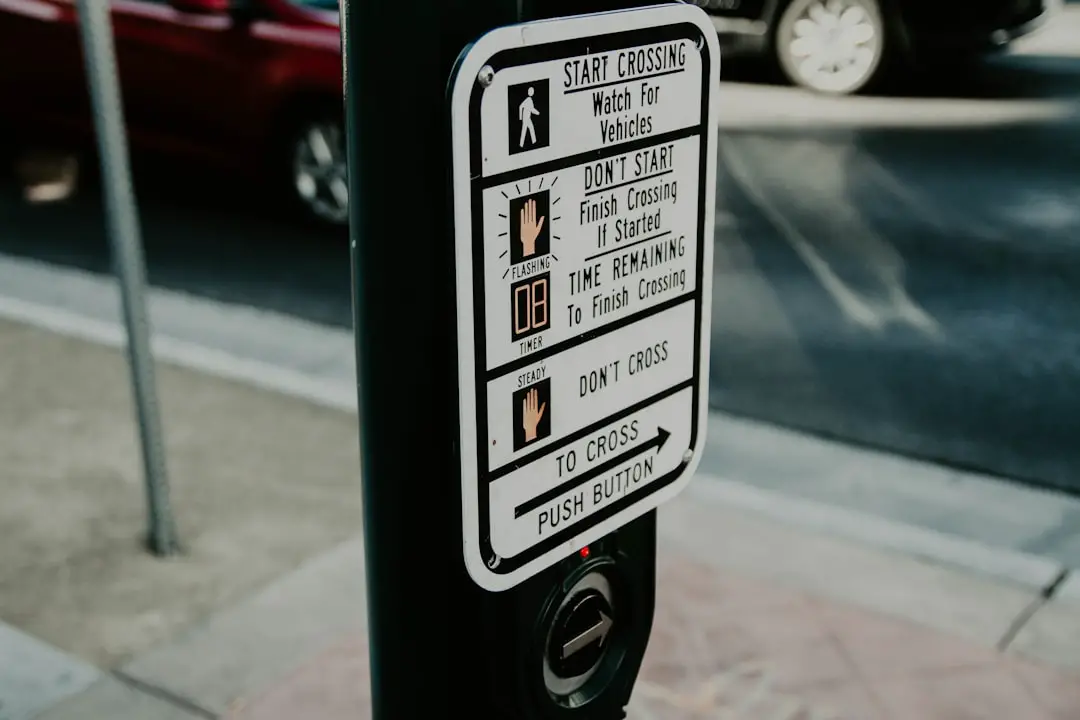Door signage, often regarded as a minor detail in the grand narrative of architectural design, plays a vital role in shaping the interaction between users and built environments. Far from being a simple decorative or functional afterthought, effective door signage is an essential component of spatial organization and communication. When conceived as part of an integrated architectural vision, it enhances navigation, reinforces identity, and ensures accessibility.
Architecture is a language—a discipline concerned with aesthetics, structure, and human behavior. Within that language, door signage serves as a verbal and visual dialect, delivering clear information while contributing to the tone and rhythm of the space. When signage is harmoniously embedded within architectural concepts, it becomes both utilitarian and poetic.
The Role of Door Signage in Wayfinding
From hospitals and corporate offices to museums and educational institutions, door signage is a cornerstone of effective wayfinding. It enables users to orient themselves quickly and confidently, especially in complex or large-scale environments. Poor or inconsistent signage causes frustration, delays, and even safety risks, particularly in emergency situations.
Well-executed door signage achieves the following:
- Guidance: Directs users clearly to destinations such as restrooms, meeting rooms, or exits.
- Identification: Labels rooms accurately, supporting both casual visitors and regular occupants.
- Compliance: Meets local and international standards for accessibility, such as the Americans with Disabilities Act (ADA).
When these functions are anticipated during the architectural planning phase, the signage fits seamlessly into corridors, walls, and doorways, rather than appearing as a retrofitted solution.

Design Integration and Material Harmony
Architectural thinking calls for signage that echoes the materials, textures, and visual logic of a building. A glass-and-steel office tower may feature minimalist, backlit lettering etched into metal panels, while a heritage library might opt for engraved wood or brass plaques matching period details.
Integrating signage begins with a consideration of its physical location, typographic choices, and material palette. Some key principles include:
- Legibility: Typeface and font size must suit the environment and be easily readable from appropriate distances.
- Contrast: Text and background colors should maintain high contrast to aid visibility under varying lighting conditions.
- Consistency: Graphic elements should maintain a coherent identity system throughout the building.
These considerations not only help users make sense of their environment but also contribute to the overall design integrity of a space.
Accessibility and Inclusivity
Today, social responsibility in architecture means ensuring buildings are inclusive for everyone. Door signage is a key element in creating equitable spaces. Tactile and braille signage, voice-activated directions, and visual entries that include icons—all are hallmarks of accessibility-driven design.
Architects and designers must collaborate with accessibility consultants and users themselves during the design process. This produces signage that is universally understandable and enhances usability for individuals with diverse needs, including people with vision impairments, cognitive challenges, or language barriers.

Building Identity Through Signage
Just as architecture articulates a brand or cultural identity, so too does its signage. Door signs can silently communicate a company’s ethos, an institution’s values, or a space’s intended tone. Corporate environments might favor a sleek, refined aesthetic to reinforce professionalism, while creative studios may emphasize vibrant or unconventional formats.
In education or healthcare settings, signage can also support wayfinding with layered messages—for instance, using colors to distinguish departments or educational wings. When thoughtfully executed, such systems enhance user experience as well as deepen institutional recognition.
Conclusion: Signage as Design, Not Decoration
Door signage should not be relegated to a checklist item at the end of construction. Instead, it deserves to be developed alongside architectural elements, viewed as a critical interface between space and society. By incorporating signage into the earliest design discussions, architects ensure that buildings are not just habitable, but navigable, inclusive, and expressive.
In short, effective door signage exists not only to inform, but to elevate the spatial experience. As a participant in the architecture of communication, it reminds us that every detail matters—and that even a door sign can speak volumes.

